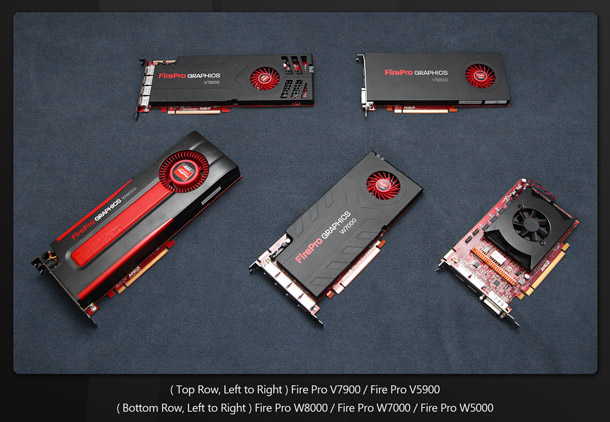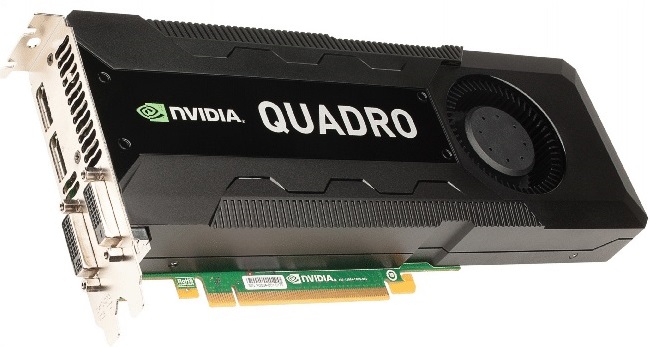


#12 linkCache_getLink using $NBC_LINKCACHE +0s. #11 linkCache_getLink using $NBC_LINKCACHE +0s. #10 linkCache_getLink using $NBC_LINKCACHE +0s. #9 linkCache_getLink using $NBC_LINKCACHE +0s. #8 linkCache_getLink using $NBC_LINKCACHE +0s. #7 linkCache_getLink using $NBC_LINKCACHE +0s. #6 linkCache_getLink using $NBC_LINKCACHE +0s. #5 linkCache_getLink using $NBC_LINKCACHE +0.011s. #4 did not recreate cache, as it is less than 5 days old! Created at Mon, 17:25:27 +0200 +0.001s. The card is therefore best suited for large 17-inch notebooks.ĭisplayPort 1.4, HDMI 2.1, PCIe 4.0 x16, 12.8 SP-FP TFLOPS Peak, 102 Tensor Performance Peak, up to 264 GB/s Memory Bandwidth, Resizable BAR, Support for Modern Standby memory) and therefore 15 Watt more than the Quadro P5000. The power consumption of the Quadro P4200 is rated at 115 Watt TGP (max power consumption incl. There are two variants available, a Max-P performance version and a Max-Q version tuned for efficiency (with lower clock speeds). The P4200 is equipped with 8 GB GDDR5 which leads to 224 GB7s peak bandwidth due to the 256 Bit memory bus. The clock rate is not disclosed but the theoretical SP performance is rated at 8.9 TFLOPs (for the fast Max-P version) and therefore faster than the old Quadro P5000 but below the Quadro P5200 (see table below). It is based on the GP104 chip (like the consumer GeForce GTX 1070 or 1080 for laptops) and features 2304 shader cores. The Nvidia Quadro P4200 is a mobile high-end workstation graphics card for notebooks. NVIDIA Quadro P4200 ► remove from comparison

With an TGP of 80 Watt, the P5000 Max-Q is only slightly higher rated (5 Watt) as the much slower Quadro P3000 (75 Watt) and therefore similar sized laptops can use the P5000 Max-Q. The theoretical performance should be slightly below the normal Quadro P4000 due to the reduced clock speeds. The performance in these areas is therefore much better compared to corresponding consumer GPUs.

#Nvidia quadro 5000 vs k5000 professional
The Quadro GPUs offer certified drivers, which are optimized for stability and performance in professional applications (CAD, DCC, medical, prospection, and visualizing applications). The graphics card is designed for the Kaby Lake generation. Similar to the consumer GeForce GTX 1070 Max-Q (Laptop), it is based on a slimmed-down GP104 chip with 2048 shaders. It is the power efficient variant of the normal Quadro P5000 for laptops and offers slightly reduced clock speeds (1101 - 1366 MHz versus 1164 - 1506 MHz) and a greatly reduced power consumption (80 versus 100 Watt TGP). The Nvidia Quadro P5000 Max-Q (official Nvidia Quadro P5000 with Max-Q Design) is a mobile high-end workstation graphics card for notebooks. NVIDIA Quadro P5000 Max-Q ► remove from comparison used by AMD and also for the professional GA100 Ampere chip). The GA104 chip is manufactured by Samsung in 8nm (8N), which is not quite able to keep up with the 7nm node at TSMC (e.g. The Ampere chips also include an improved 5th generation video encoder (NVENC for H.264 and H.265) and a 7th generation decoder (for various formats now including AV1). The A3000 only uses 4,096 of the 6,144 CUDA cores. The raytracing and tensor cores on the chip were also improved according to Nvidia. With Turing all shaders could still execute FP32 or INT32 instructions. The GA104 chip offers 6,144 FP32 ALUs of which half can also execute INT32 instructions (i.e. At a similar power consumption level the RTX A3000 should be clearly faster than the old Quadro RTX 3000 and 3000 Max-Q. Both GPUs depend heavily on good cooling and a high TGP for good performance. The raw performance should be similar to the GeForce RTX 3060 for laptops at the same TGP level. There is no more Max-Q variant (formerly used for the low power variants) but every OEM can choose to implement Max-Q technologies (Dynamic Boost, WhisperMode). The original 6 GB with 11 Gbits has been doubled to 12 GB GDDR6 clocked at 14 Gbits. In 2022 Nvidia released a slightly improved version of the RTX A3000 with more and faster graphics memory. The GPU supports eDP 1.4b to connect the internal monitor and DisplayPort 1.4 and HDMI 2.1 for external connections. It is available in different variants from 60 - 130 Watt (TGP) with different clock speeds (and performance). The A3000 also supports PCIe 4.0 and integrates 32 RT-cores and 128 Tensor cores of the Ampere generation. However, it offers 256 more CUDA cores (4,096 versus 3,840) and is based on the bigger GA104 chip. It is based on the GA104 Ampere chip and offers a similar performance to the consumer GeForce RTX 3060 Laptop GPU. The NVIDIA RTX A3000 Laptop GPU or A3000 Mobile is a professional graphics card for mobile workstations.


 0 kommentar(er)
0 kommentar(er)
